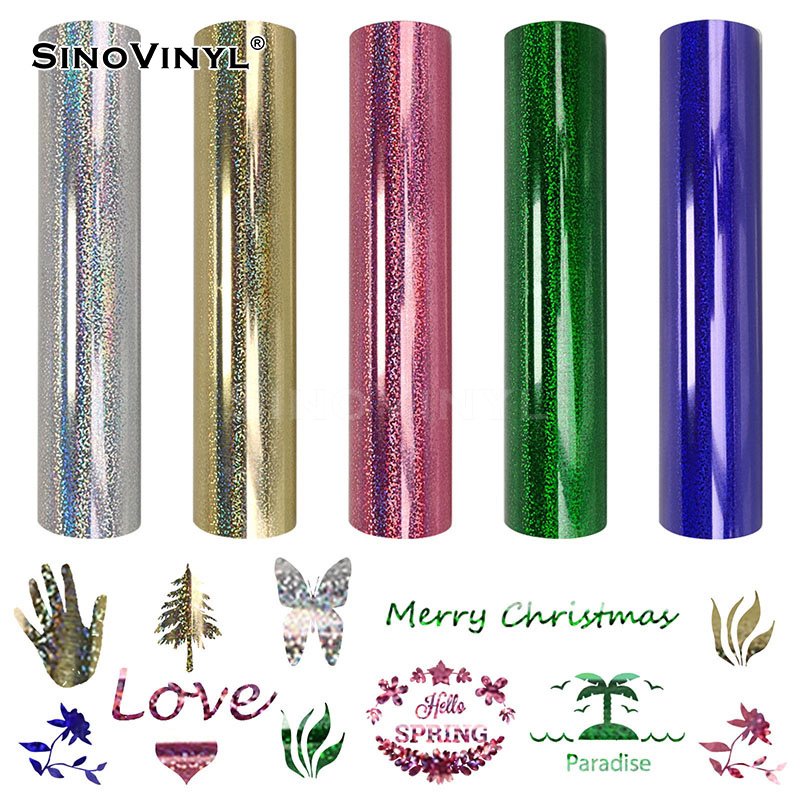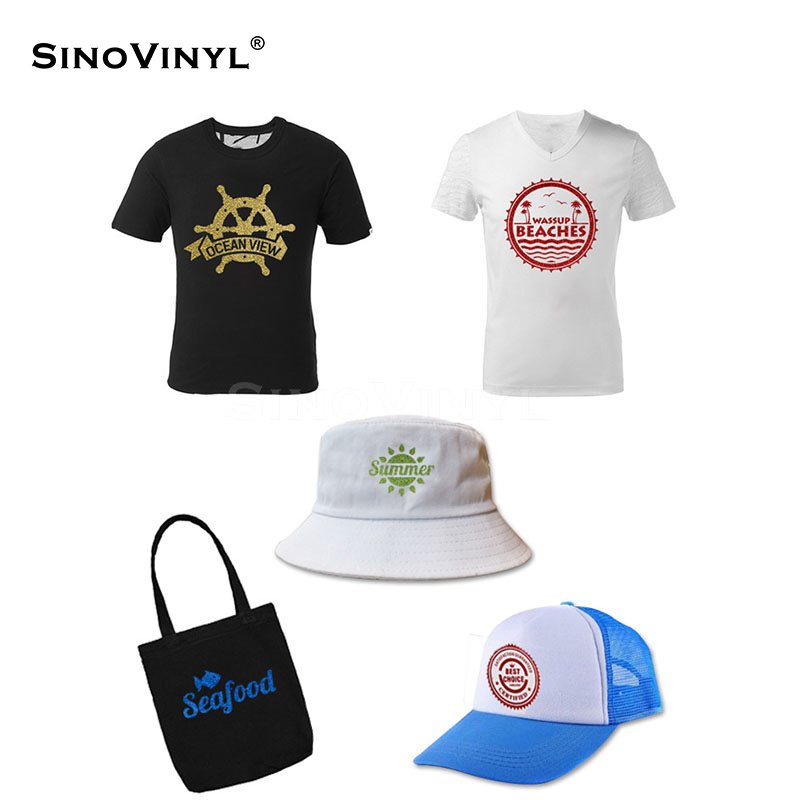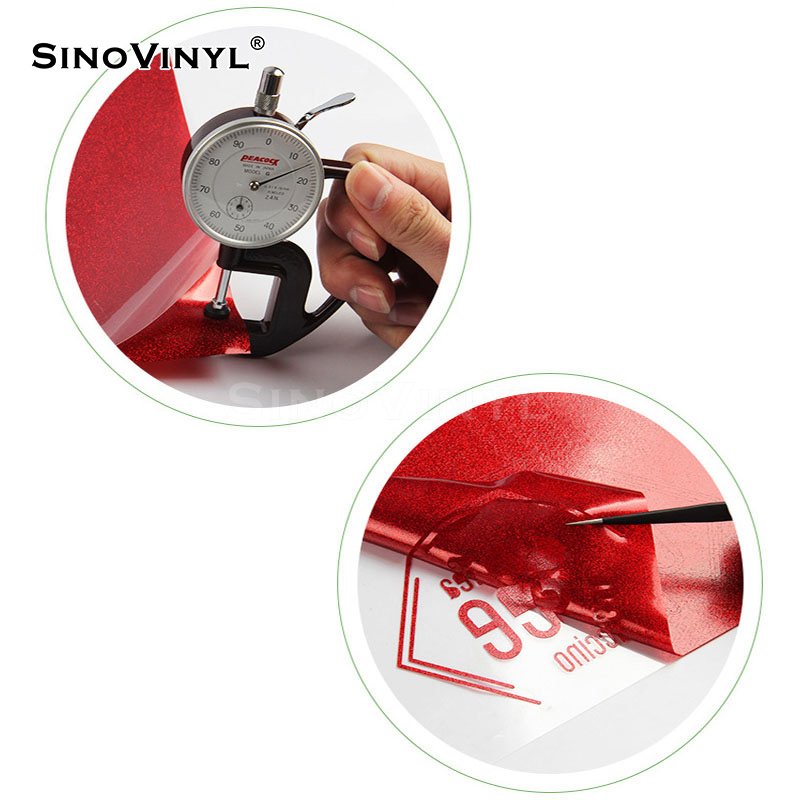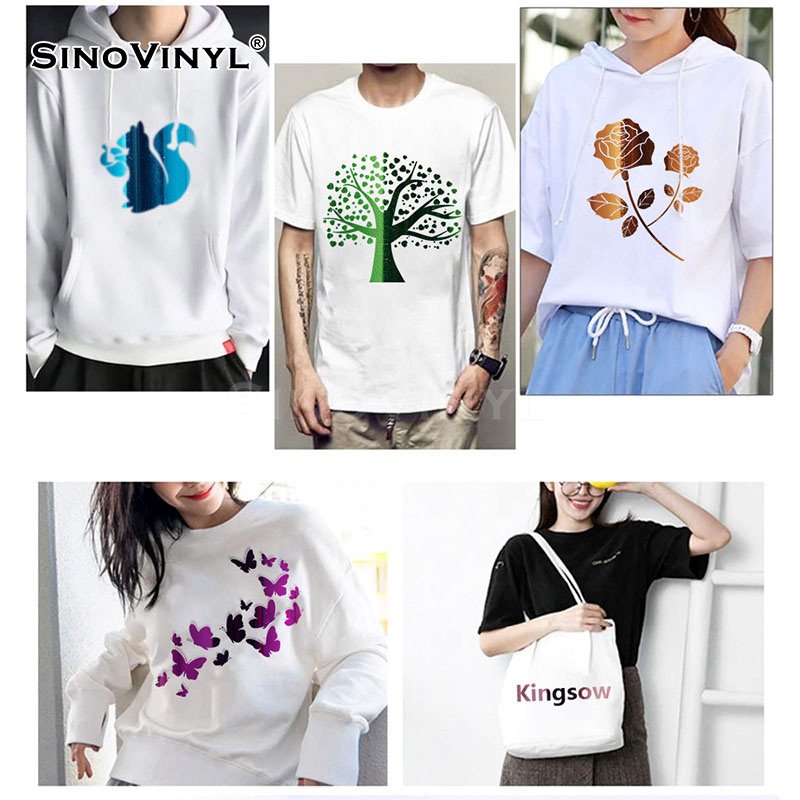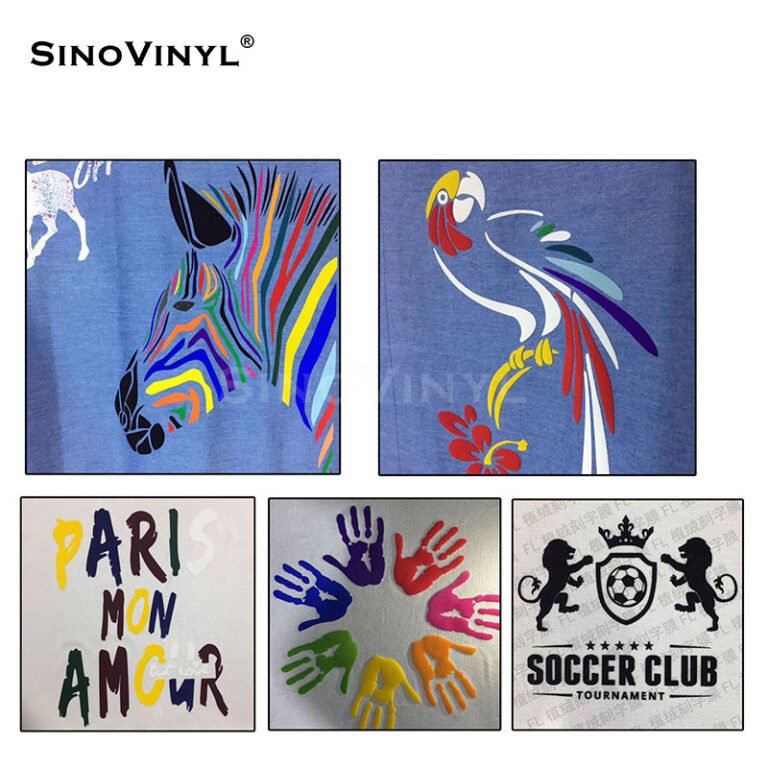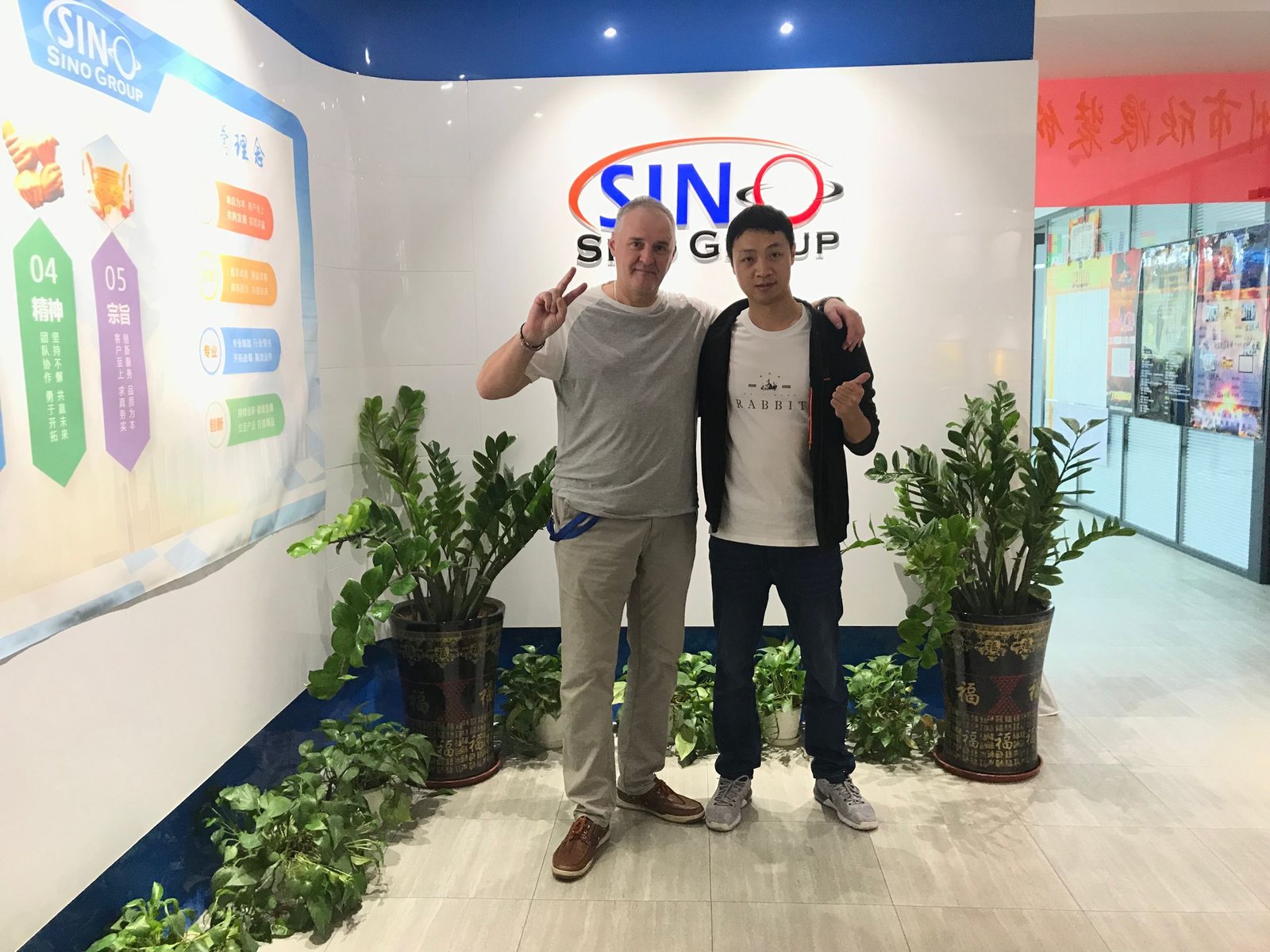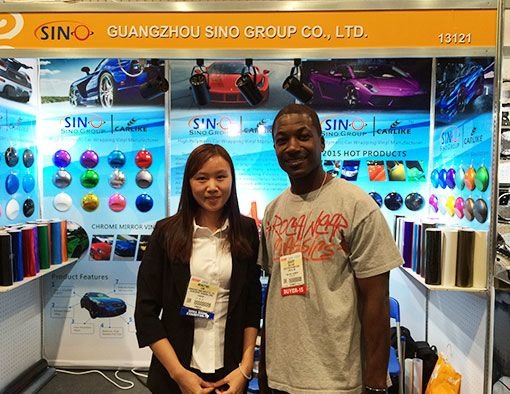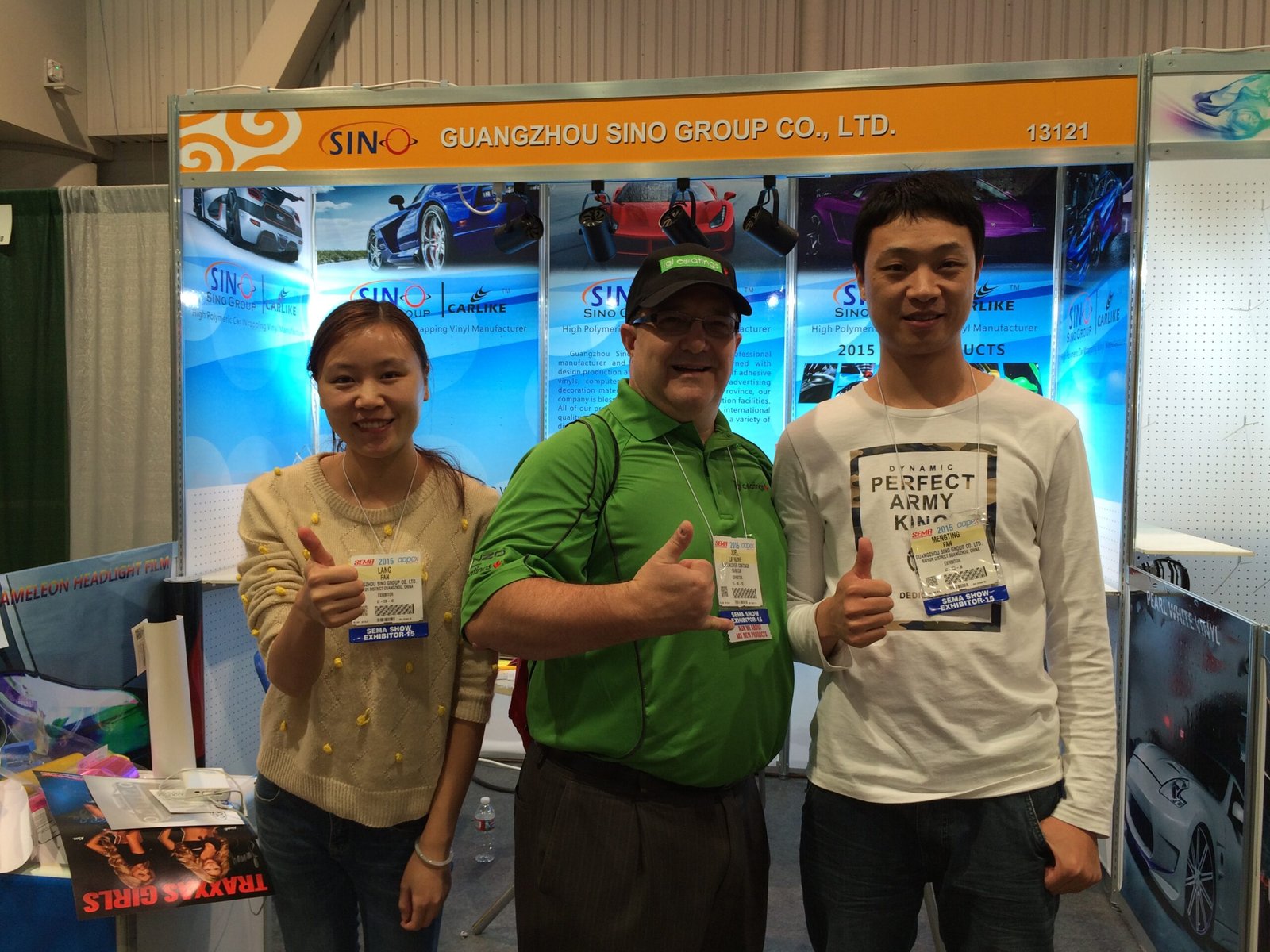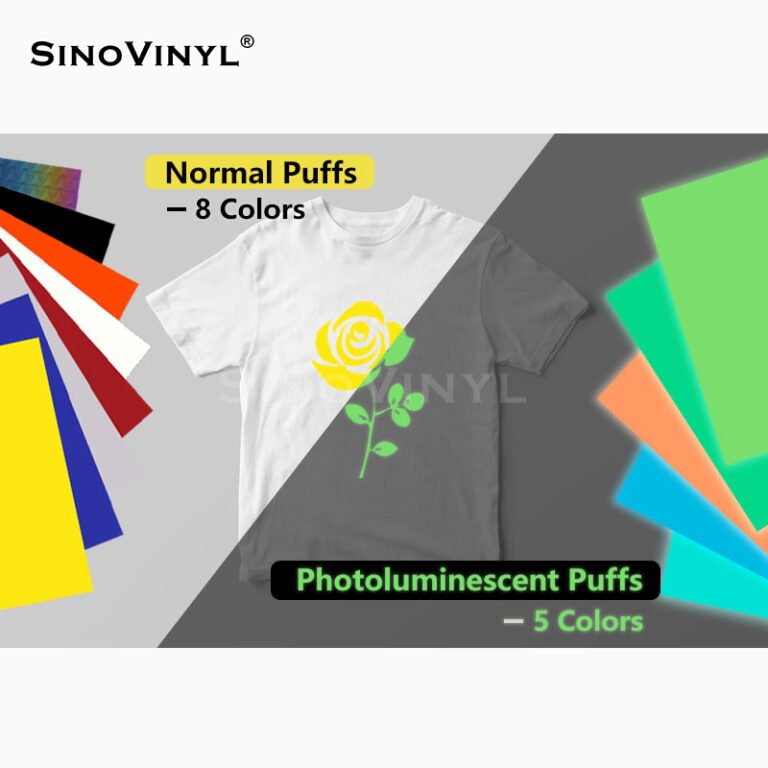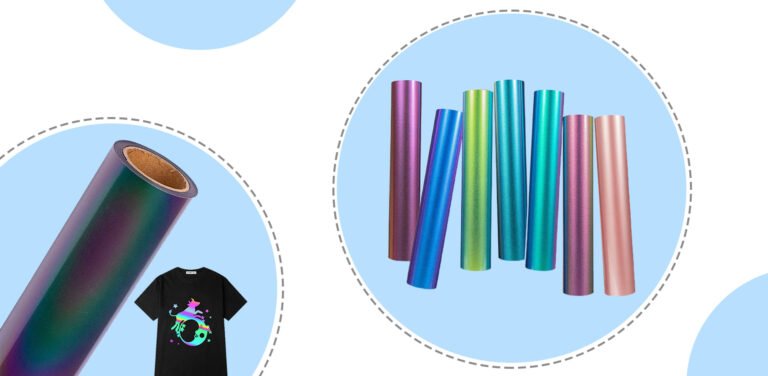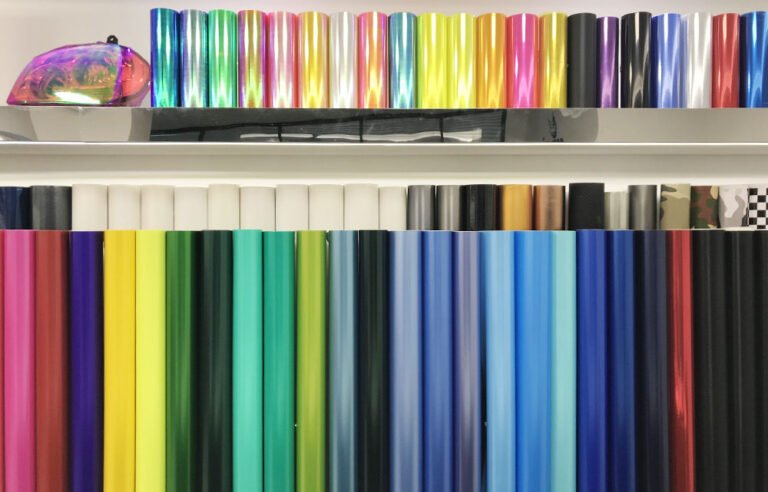How 3D Printing Technology Can Be Integrated With Puff Heat Transfer Vinyl
Here’s a detailed discussion on how this 3D printing technology can be integrated with puff heat transfer vinyl:
1. Enhanced Texture and Dimensionality
– Puff Heat Transfer Vinyl: Traditional puff vinyl provides a raised, three-dimensional texture when subjected to heat, creating a unique tactile experience.
– 3D Printing: 3D printing allows for the creation of highly detailed, layered structures with various textures, adding depth to the design.
2. Complementary Technologies
– Puff Vinyl for Base Layers: Puff vinyl can be used as the base layer, creating a foundational texture.
– 3D Printing for Detailing: 3D printing complements by adding intricate details on top of the puff vinyl, enhancing the overall design.
3. Customization and Personalization
– Tailored Designs: The integration enables designers to create custom, one-of-a-kind pieces tailored to individual preferences or specific themes.
– Variable Textures: Designers can experiment with a range of textures, from soft and subtle to bold and pronounced, to achieve the desired effect.
4. Flexibility in Design Complexity
– Intricate Patterns and Shapes: 3D printing allows for the production of complex patterns, shapes, and textures that may be challenging or impossible to achieve with traditional manufacturing methods.
5. Application on Various Materials
– Fabric Compatibility: Puff heat transfer vinyl can be applied to a wide range of fabrics, including cotton, polyester, and blends.
– 3D Printing on Accessories: 3D printing can be applied to various materials like plastics, metals, and even flexible filaments for accessories.

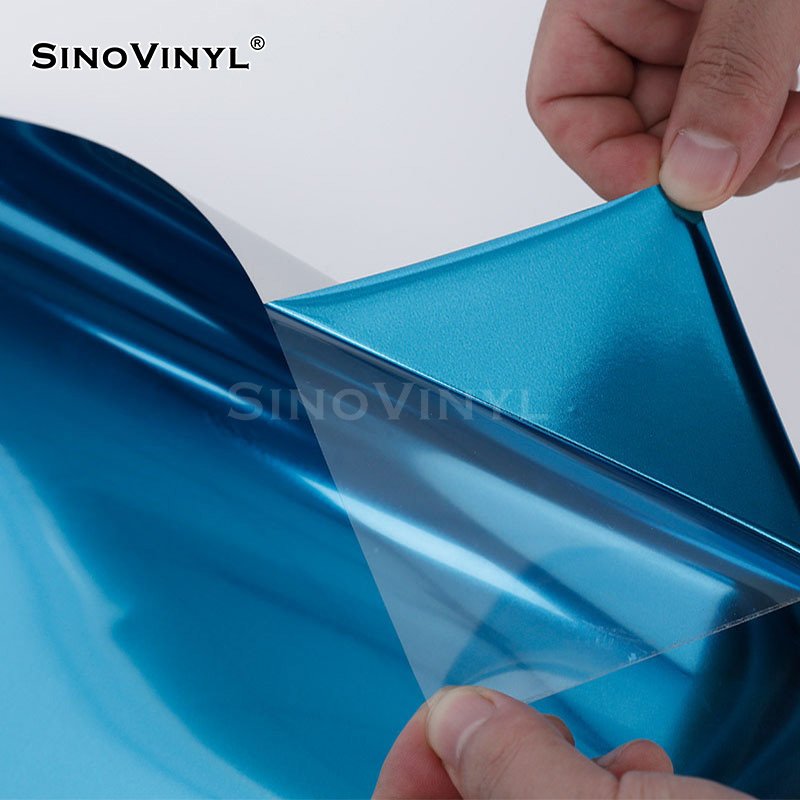
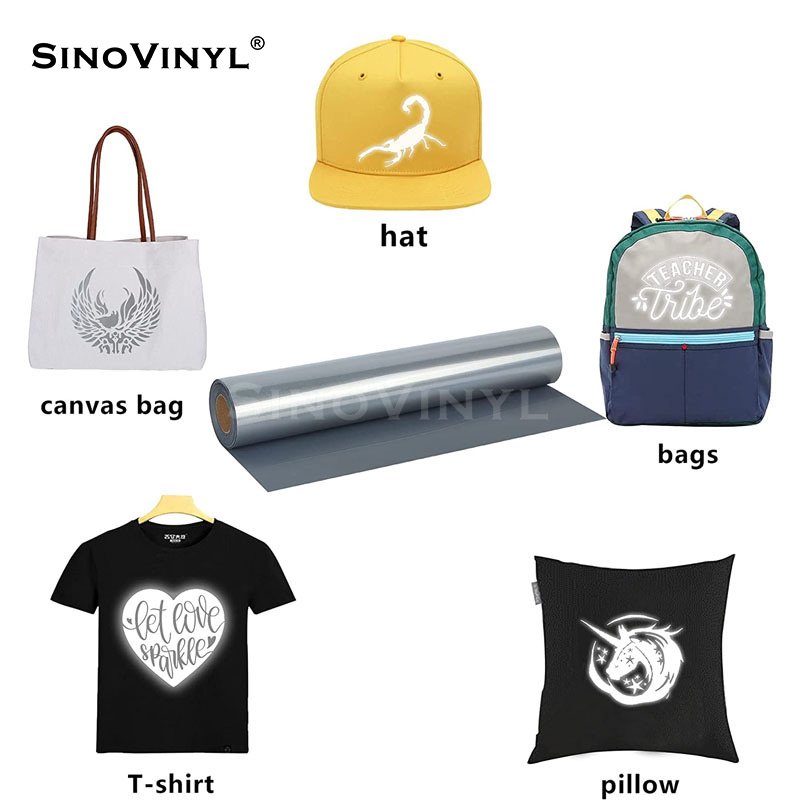
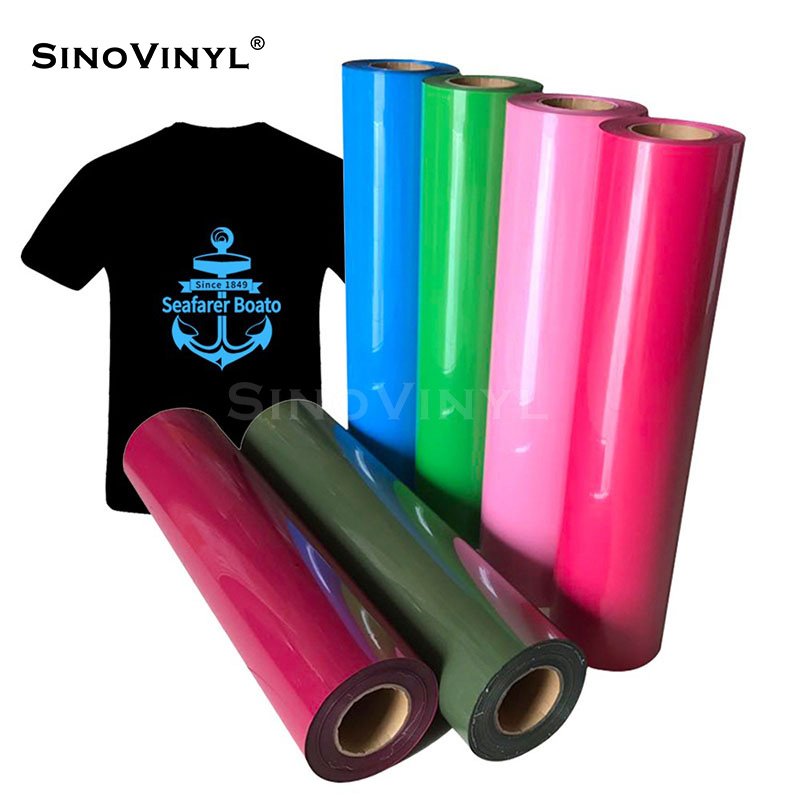
6. Layering and Fusion Techniques
– Seamless Integration: The fusion of 3D printed elements with puff vinyl can be achieved through careful layering and heat application, creating a cohesive and integrated design.
7. Aesthetic Freedom and Innovation
– Unique Textures: The combined technique enables the creation of unique textures that stand out, whether for fashion, costume design, or avant-garde accessories.
8. Functionality and Wearability
– Comfort and Durability: Puff heat transfer vinyl is known for its softness and durability, ensuring that the final product remains comfortable to wear.
– Structural Integrity: 3D printing provides strength and support to the design, ensuring that intricate elements remain intact.
9. Potential Industry Applications
– Fashion Design: High-end fashion designers can leverage this combination for runway pieces, creating eye-catching and memorable collections.
10. Challenges and Considerations
– Material Compatibility: Ensuring that the chosen materials for 3D printing and puff vinyl are compatible is crucial for a successful integration.
– Production Process Optimization: Fine-tuning the process to achieve the desired results requires experimentation and expertise.
